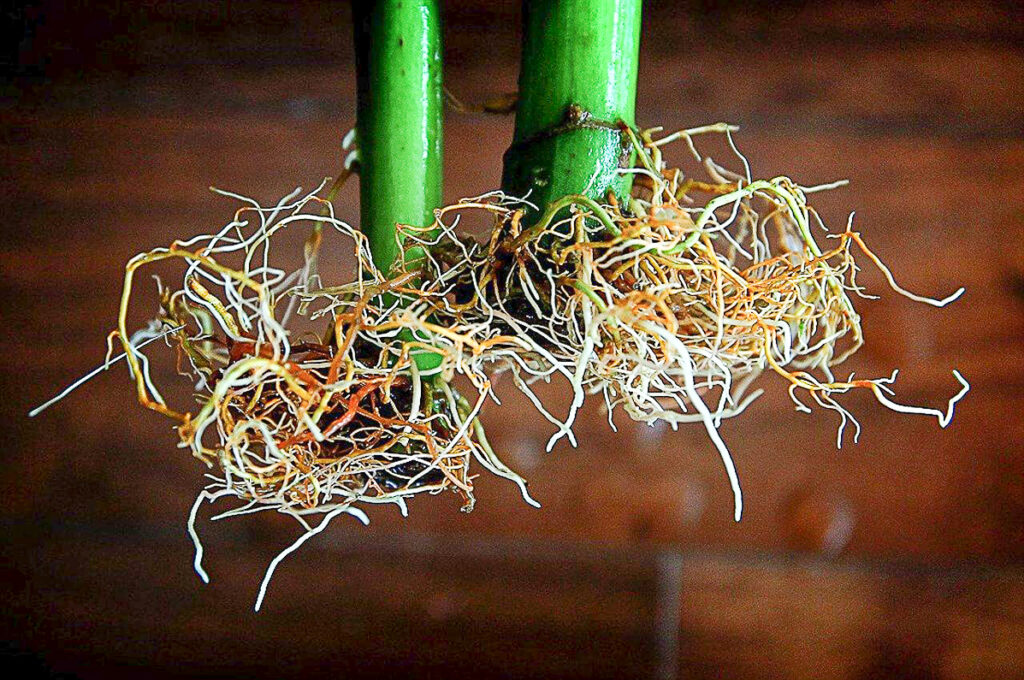Establishing a hydroponic vegetable garden is a valuable task because the fruits of your labor will end up at your dinner table. You are assured of good quality, good flavor, and bigger vegetables in a fast turnaround. In this post, we share our seven steps to setting up your very own hydroponic vegetable garden.
*This post contains compensated links. Find more info in my DISCLAIMER. As an Amazon Associate, I earn from qualifying purchases.
Want to start a hydroponic garden at home easily? Check out our recommendations for Best Hydroponics Starter Kits for Beginners.
What Is A Hydroponic Vegetable Garden?
This is a soilless garden used to grow vegetables. Instead of using soil, a nutrient-rich solution is used. Plants receive nutrients via the roots suspended in water or soilless media such as gravel, sand, perlite, or vermiculite, hence referred to as a hydroponic garden.
Benefits Of Growing Vegetables Hydroponically
Vegetables that are grown in hydroponics grow faster and bigger compared to those grown in soil-based gardens because nutrients are available in bulk and vegetables do not have to compete with weeds and other unnecessary plants to get nutrition.
Growing hydroponic vegetables assures you double the yields of their soil-based counterparts. This is because they take up nutrients faster unlike those in soil which spend a lot of time and energy extending their roots to find nutrients.
Hydroponic vegetables save on space and this is a great advantage to gardeners with limited space or those living in urban areas. This is because these gardens grow vertically.
Harvesting your vegetables in a hydroponic garden is easier especially for those gardeners with physical and mobility problems because the vegetables are grown at a waist-high height and they do not have to bend so much.
Hydroponics eliminates the chances of weeds, pests, and disease attacking your vegetables and other issues like floods, drought, and damages due to storms. This is because in these systems, the environmental conditions are controlled and therefore your vegetables will receive what they need.
Maintaining hydroponics vegetable gardens is very easy because the systems are automated, unlike soil-based gardens that require a lot of labor from seeding to harvesting. Hydroponic gardening produces good quality and fresh vegetables that are fit for consumption because no pesticides are used.
Best of all, you can grow your vegetables all year round without wasting too much water because hydroponic systems reuse and recirculate their water.

Indoor Versus Outdoor Hydroponic Vegetable Gardens
Choosing to start your hydroponic vegetable garden indoors or outdoors depends on the gardener’s specific situation and what works better for them. However, with proper maintenance, both methods are highly effective. For beginners, both methods are effective but it depends on one’s preference. Plus you can always try out both methods.
Advantages Of Indoor Hydroponic Vegetable Gardening
There are several advantages to growing vegetables indoors. In addition to being able to grow year-round and in nearly all environments, controlling pests and diseases is greatly increased.
Disadvantages Of Indoor Hydroponic Vegetable Gardening
Setting up water systems can be somehow costly for your indoor hydroponic vegetable garden and can be messy with too many containers.
It is difficult to maintain fertilizer levels. They can highly accumulate and you need a lot of care when balancing between keeping the needed amounts of moisture and draining away the excess.
Lighting can be problematic if you do not get the perfect windowsill. Otherwise, you will have to move your plants around the house the whole day or purchase grow lights.
Chemicals used to control pests and diseases have very strong and unpleasant smells that pose a high health risk when used indoors. Plant-based oils are more expensive and have pungent smells compared to chemical sprays.
Advantages Of Outdoor Hydroponic Vegetable Gardening
It is easy and affordable to set up an automatic watering system especially when you have too many containers.
Lighting is not a problem for outdoor vegetables because they receive natural light from the sun. However, your vegetables must receive at least six hours of sunlight daily, depending on the climate.
Disadvantages Of Outdoor Hydroponic Vegetable Gardening
It is difficult to control pests and diseases outside. You will have to conduct frequent checks and use chemicals to combat these problems.
Best Vegetables To Grow In A Hydroponic Vegetable Garden
Before coming up with your hydroponic vegetable garden, it is important to ask yourself why you own the garden, how large your garden is, what vegetables you would wish to grow and why. If you are a hobby gardener and you are looking to make use of your hydroponics gardens for leisure, you can plant any vegetable you wish, just for experimentation.
If you are an enthusiast and vegetable lover, then here is a list of vegetables that grow well hydroponically.
- Carrots
- Cabbage
- Celery
- Beans
- Cauliflower
- Chard
- Broccoli
- Beets
- Leek
- Cucumber
- Eggplants
- Lettuce
- Peas
- Onions
- Peppers
- Radishes
- Spinach
- Tomato
For root vegetables like carrots and radishes, use plain water to irrigate them for the first two weeks after planting until they prove to be short and stocky and add nutrients to the water. It is important to note that the depth of the growing medium is a limitation hence the root vegetables must not be longer than three inches.
Tips For Setting Up A Hydroponic Vegetable Garden At Home
It is a simple task to create a DIY hydroponic garden, provided that the required equipment is available. It is necessary to note that transplants for hydroponic gardens should never be started in soil. Use a soilless medium such as perlite or gravel. You can opt for an indoor hydroponic garden kit that comes with everything needed to get you going.
Materials Needed
- Wide-mouthed bucket
- Thick Styrofoam
- 20-20-20 nutrient water-soluble fertilizer
- Net pots
- Epsom salts
- Sharp knife or saw
Procedure
Cut the Styrofoam so that it fits the bucket and ensure there is enough space for it to move up and down. Fill the bucket with water as deep as five inches and always note down the number of gallons of water that you add. Next, add two teaspoonfuls of a 20-20-20 water-soluble fertilizer per gallon of water. Add Epsom salt, one teaspoonful per water gallon.
Using a sharp knife or a hole saw, cut holes in the Styrofoam, approximately 2.5 inches for 3-inch net pots and 1.75 inches for 2-inch net pots. Bigger varieties require bigger pots so that they remain anchored in the water. Place holes 12 inches apart and 6 inches from the sides.
Start with young transplants and plant them directly and do not remove the potting mix from the transplant, also, do not add any potting mix to the transplants. This will make the roots wet and limit the intake of oxygen. Add extra nutrients and water as needed for the Styrofoam to remain floating in the solution.
FAQs – Hydroponic Vegetable Garden
Hydroponic gardens are highly versatile allowing for a wide range of vegetables to be grown. The most common vegetables grown in hydroponic gardens include tomatoes, peppers, cucumbers, and lettuce.
Because hydroponic growing uses water not soil to grow, there are some vegetables you can’t grow. Any vegetable in the root family, including carrots and potatoes, can’t be grown using hydroponics.
100% YES! A hydroponic garden offers those limited by space the opportunity to grow their own vegetables. Hydroponic gardens grow faster, use less water, and in many cases, produce larger yields.
